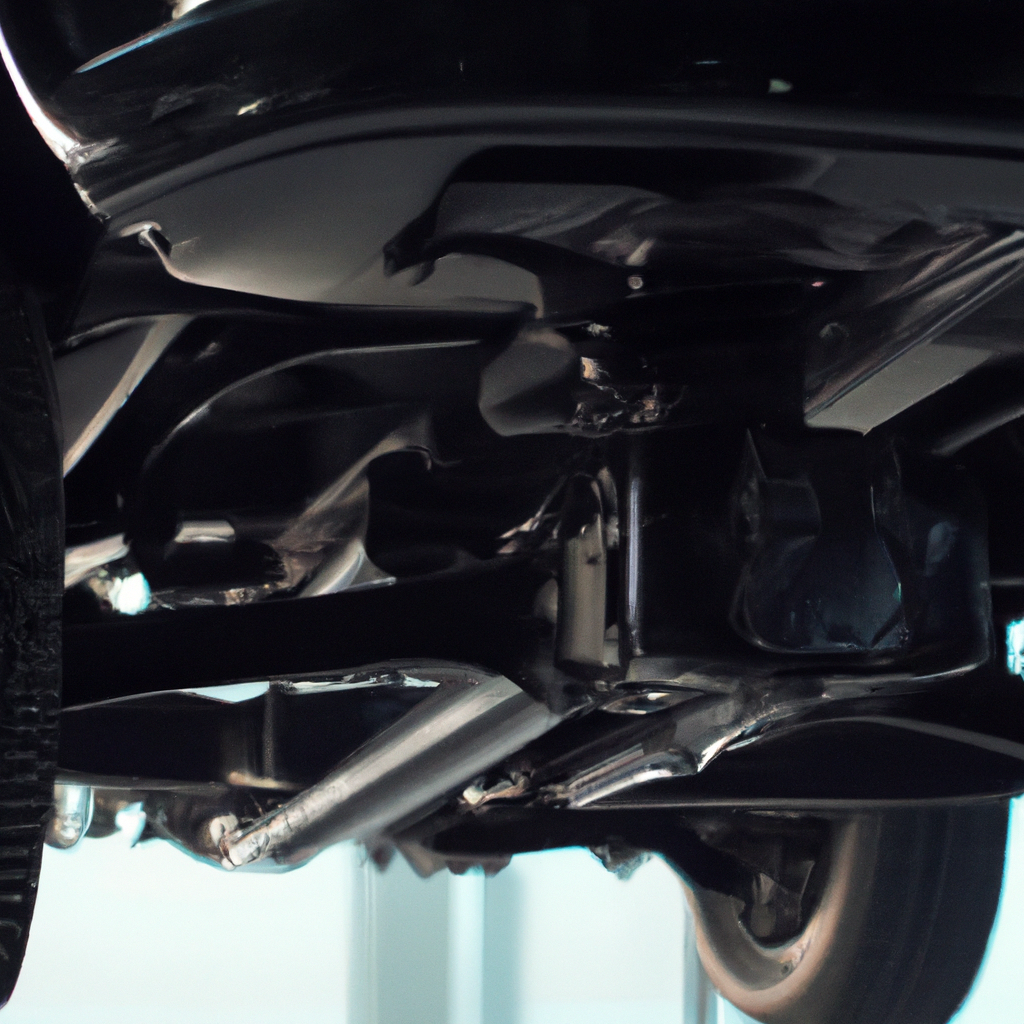Have you ever wondered how a car’s suspension system works? The suspension system is one of the most critical systems in a vehicle. It is a complex network of components that work together to ensure a smooth ride, improve handling and performance, and keep the car’s occupants safe. In this article, we will explore how a car’s suspension system works, its components, maintenance, repair, upgrades, and the role of automotive engineering in suspension design.
How Suspension System Works
The suspension system’s primary function is to keep the tires in contact with the road surface, providing stability and control while driving. It accomplishes this by absorbing shocks and vibrations from the road, controlling body movement, and maintaining the correct ride height. A typical suspension system consists of four main components: springs, shock absorbers or struts, anti-sway bars, and control arms.
Springs are the most fundamental suspension components and are responsible for supporting the weight of the vehicle and absorbing shock. There are two types of springs used in modern cars: coil springs and leaf springs. Coil springs are the most common, and they are made of steel and shaped like a helix. Leaf springs are less common and mostly used on trucks and SUVs.
Shock absorbers or struts work together with springs to dampen vibrations and control body movement. They are hydraulic devices that convert kinetic energy into heat energy, dissipating it through the vehicle’s body. Struts are similar to shock absorbers, but they also support the vehicle’s weight and serve as a pivot for steering.
Anti-sway bars, also known as stabilizer bars, are designed to reduce body roll when cornering. They connect the left and right suspension components, providing extra support and stability.
Control arms, also known as A-arms, connect the suspension system to the vehicle’s frame or body. They allow the wheels to move up and down while keeping them in the correct position.
Suspension Maintenance
Maintaining a car’s suspension system is critical for safety, handling, and performance. Regular inspections and maintenance can prevent costly repairs and ensure the system is working correctly. Here are some tips for maintaining your car’s suspension system:
– Check the suspension system for wear and damage regularly.
– Replace worn or damaged components promptly.
– Keep the tires properly inflated and aligned.
– Avoid overloading the vehicle beyond its capacity.
– Avoid driving over rough roads and potholes.
Suspension Repair
Like any other system in a car, the suspension system can develop faults and require repairs. Some common signs of suspension problems include uneven tire wear, excessive bouncing or vibration, and steering problems. Here are some common suspension repairs:
– Replacing worn or damaged springs.
– Replacing worn or leaking shock absorbers or struts.
– Replacing worn or damaged control arms.
– Replacing worn or damaged anti-sway bars.
Suspension Upgrades
Upgrading a car’s suspension system can improve handling, performance, and comfort. Some common suspension upgrades include:
– Upgrading to high-performance shock absorbers or struts.
– Upgrading to stiffer or adjustable springs.
– Upgrading to larger or adjustable anti-sway bars.
– Installing a lowering kit or lift kit.
Automotive Engineering and Suspension Design
Automotive engineers design suspension systems to meet specific performance, handling, and safety requirements. They use computer simulations, physical testing, and advanced materials to optimize the suspension system’s performance. The suspension system’s design is a delicate balance between comfort, handling, and safety, and engineers must consider various factors, including:
– Vehicle weight and center of gravity.
– Tire size and type.
– Road conditions and driving style.
– Safety requirements and regulations.
Conclusion
In conclusion, a car’s suspension system is a complex network of components that work together to ensure a smooth ride, improve handling and performance, and keep the car’s occupants safe. Regular maintenance, timely repairs, and upgrades can keep the suspension system working correctly and enhance your car’s performance. Automotive engineering plays a crucial role in suspension design, ensuring that the suspension system meets specific performance, handling, and safety requirements. Knowing how the suspension system works and its components can help you identify potential problems and make informed decisions about maintenance and upgrades.







